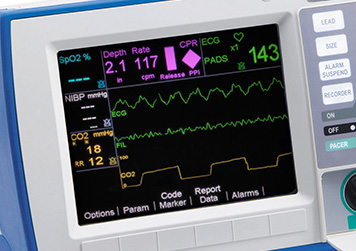low end tidal co2 treatment
Waveform capnography provides continuous feedback on the amount of CO2 exhaled with each breath end-tidal CO2 or ETCO2 which is normally between 35 and 45. Hence that persons capnography will show a very low end-tidal CO2 level but the alveolar and arterial CO2 pressures will be much higher and increasing in time.

The Capnometer Measurements End Tidal Co2 2009 Download Scientific Diagram
This study investigates the association of initial in-hospital ETCO2 and patient outcomes as well as the utility of ETCO2 as a predictive aid for blood transfusion.

. Capnograph is an indispensable tool for monitoring metabolic and respiratory function. A low end-tidal CO 2 in hypothermia. Maximum end-tidal carbon dioxide Et co 2 within 5 minutes of the onset of mechanical ventilation in the operating room ORBox plot with data points overlaid.
The patient has low cardiac output or. If a person holds his breath that persons body accumulates CO2 and its etCO 2 is going to be zero. CO2 EtCO2 the maximum CO2 concentration at the end of each tidal breath can be used to assess disease severity and response to treatment.
End-tidal carbon dioxide. Keeping this value below 30 centimeters of water has been shown to prevent lung injury and improve patient outcomes. In this study the aim was to review the applications of end-tidal carbon dioxide ETCO2 monitoring in emergency department multiple databases were comprehensively searched with combination of following keywords.
This effect could also be understood from the viewpoint of CO2 accumulation. The patient is hyperventilating due to pain or premature awakening from anesthesia. Also called capnometry or capnography this noninvasive technique provides a breath-by-breath analysis and a continuous recording of ventilatory status.
Capnography the measurement of carbon dioxide CO2 in exhaled breath. The waveform is called capnograph and shows how much CO 2 is present at each phase of the respiratory cycle. The effectiveness of out-of-hospital use of continuous end-tidal carbon dioxide monitoring on the rate of unrecognized misplaced intubation within a regional emergency medical services system.
End Tidal CO2 ETCO2 or PetCO2 - the level of partial pressure of carbon dioxide released at end of expiration. In normal conditions CO2 is 5 to 6 which is equivalent to 35-45 mmHg. The hinges represent the first and third quartiles the notches represent the 95 confidence interval CI of the median and the whiskers extend to 15 interquartile range.
If the patient has low CO 2. Clinical data from the 86 patients of the Neutrophil Activation in Systemic Anaphylaxis NASA. The number is called capnometry which is the partial pressure of CO 2 detected at the end of exhalation ranging between 35 - 45 mm Hg or 40 57 kPa.
The amount of CO2 at the end of exhalation or end-tidal CO2 ETCO2 is normally 35-45 mm HG. Guerra WF Mayfield TR Meyers MS et al. ETCO2 emergency department monitoring and critical.
Epub 2016 Dec 8. Capnometer the numeric measurement of CO2. This can be seen in a number of other conditions.
The end-tidal CO2 in these people will be unnaturally low. Oxygenation Versus Ventilation Oxygenation is how we get oxygen to the tissue. Early detection and treatment of patients with severe sepsis by.
We studied the use of EtCO2 as a monitoring tool in acute asthma. Silvestri S Ralls GA Krauss B et al. However this may also be caused by pulmonary dysfunction with an increase in dead space volume.
The patient is in the process of becoming apneic. Capnography is also the most reliable indicator that an endotracheal tube is placed in the trachea after. Therefore correlation between the end tidal CO2 and an ABGVBG measurement is needed to confirm the diagnosis of hypocapnia.
You may need to use the lower end of the low tidal volume strategy for patients with stiff lungs using the 6 to 8 cckg range or even the ARDSNet range of 4 to 6 cckg to keep the plateau pressure down. End tidal carbon dioxide EtCO2 may be considered an accurate surrogate for PaCO2 a severity marker in acute asthma. This is a sign that respiratory effort is failing and that they are at risk of respiratory failure from fatigue.
This was a prospective study that included consecutive patients admitted to our emergency department for acute asthma exacerbation. End-tidal carbon dioxide ETco 2 monitoring provides valuable information about CO 2 production and clearance ventilation. Low end-tidal CO2 etCO2 is known to be linked to low cardiac output.
The height of the capnography waveform accompanies this number on the monitor as well as the. In fact its commonly called the ventilation vital sign. End tidal CO 2 EtCO 2.
In hypothermia the total body CO 2 production is greatly decreased as the metabolic rate is decreased by 6 for every degree below 36. Compromised exhalation from COPD may cause CO2 retention or hypercarbia. End tidal CO2 revealing a substantially low CO2 measurement also suggests hypocapnia eg etCO2.
Low pre-treatment end-tidal CO2 predicts dropout from cognitive-behavioral therapy for anxiety and related disorders. Listing a study does not mean it has been evaluated by. Low end-tidal CO 2 as a real-time severity marker of intra-anaesthetic acute hypersensitivity reactions.
Yet its clinical utility during suspected intra-anaesthetic AHR is not well documented. End-tidal Carbon Dioxide Monitoring in Low Tidal Volume Ventilation ETCO2 The safety and scientific validity of this study is the responsibility of the study sponsor and investigators. Capnogram the wave form.
End tidal CO 2 monitoring is represented as a number and a graph on a monitor. Delay between first signs of the reaction and treatment initiation. Low end-tidal carbon dioxide ETCO2 is associated with mortality and hemorrhagic shock in trauma but the relationship between low ETCO2 and important clinical variables is not known.
Monitoring of end-tidal carbon dioxide EtCO2 is a noninvasive method that measures the partial pressure or maximal concentration of carbon dioxide CO2 at the end of exhaled breath which is expressed as a percentage of CO2. End-tidal carbon dioxide concentration during cardiopulmonary resuscitation. Importantly evidence of low end-tidal CO2 can be seen across a variety of anxiety disorders and has been shown to predict treatment-dropout in patients with.
Annals of Emergency Medicine. Causes of Low End-Tidal CO2 ETCO2 35 mm Hg.
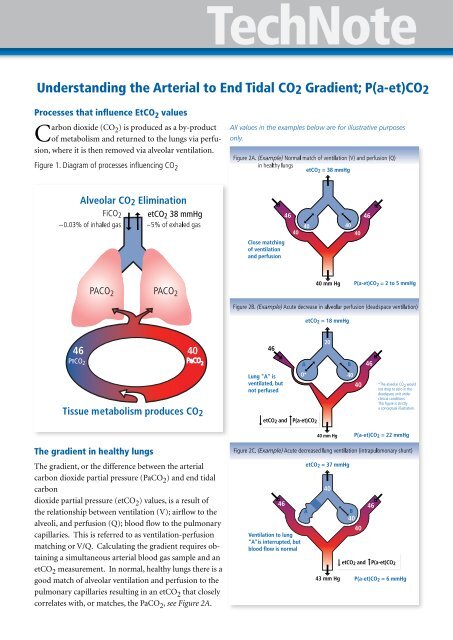
Understanding The Arterial To End Tidal Co2 Gradient P A Et Co2

3 Waveform Capnography Showing Changes In The End Tidal Carbon Dioxide Download Scientific Diagram
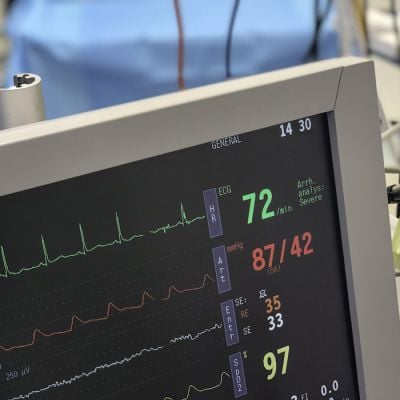
End Tidal Co2 Levels Vs Arterial Co2 Levels In Children With Tbi Healthmanagement Org

Etco2 Valuable Vital Sign To Assess Perfusion The Airway Jedi

The Critical Role Of Capnography Bound Tree
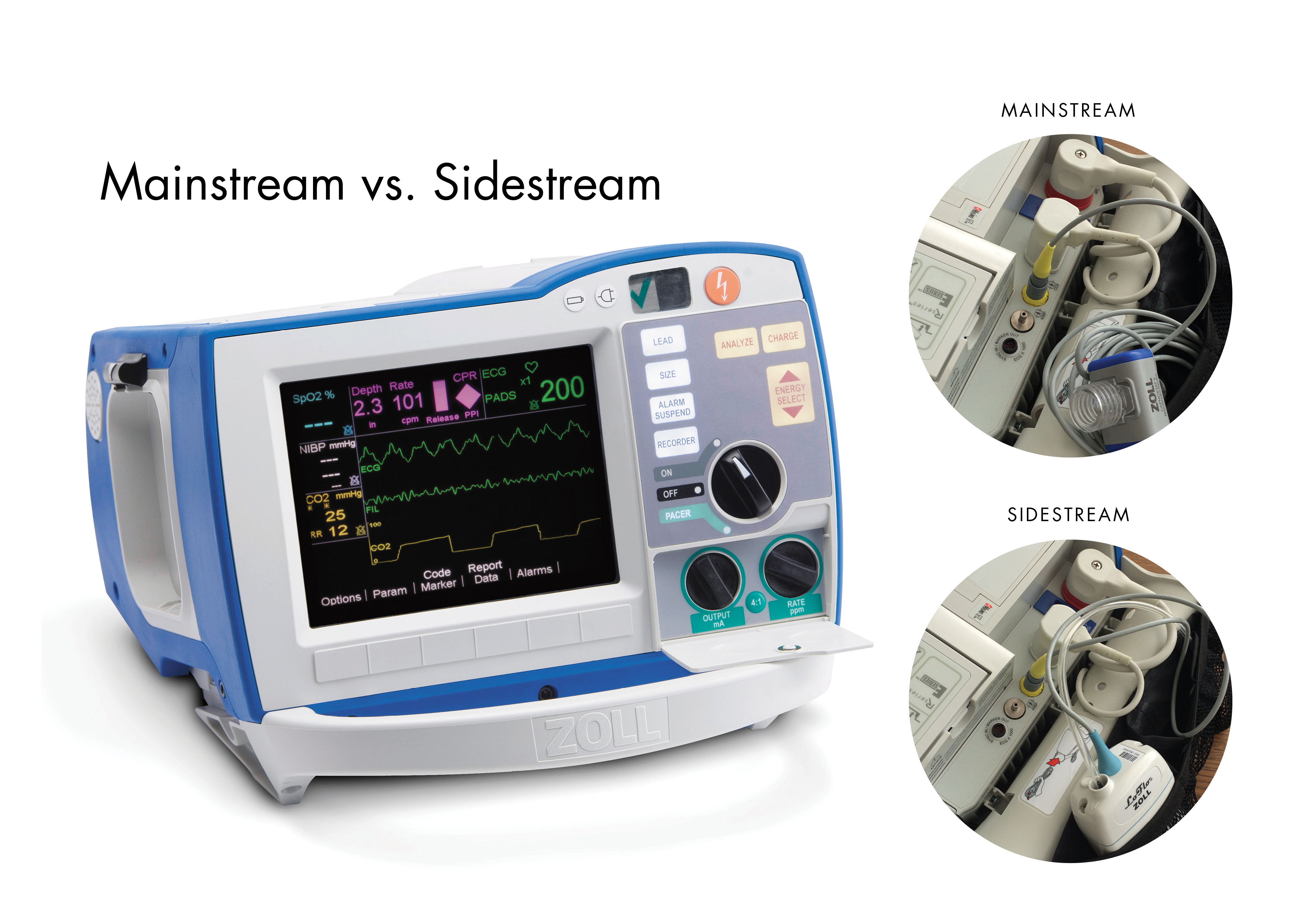
R Series End Tidal Carbon Dioxide Etco2 Zoll Medical
Riding The Wave Of Capnography Understanding Etco2 Vetbloom Blog

Evidence Supports Using End Tidal Carbon Dioxide To Detect Prehospital Sepsis Jems Ems Emergency Medical Services Training Paramedic Emt News
Schematic Diagram Of The Experimental Setup Etco2 End Tidal Co2 Download Scientific Diagram
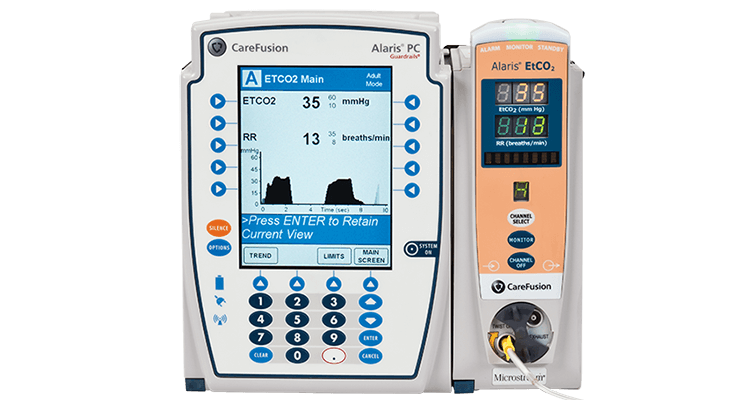
End Tidal Co2 Monitor Alaris Etco2 Module Bd

Pdf Applications Of End Tidal Carbon Dioxide Etco2 Monitoring In Emergency Department A Narrative Review Semantic Scholar

End Tidal Co2 Emergency Medicine Icu Nursing Respiratory Care

End Tidal Co2 Patient Tidal Respiratory Therapy

End Tidal Co2 Respiratory Therapy Medical Knowledge Icu Nursing

End Tidal Co2 Emt Study Respiratory Therapy Pediatric Nursing

Capnography Etco2 And Airway Management Rt

Exhaled Carbon Monoxide End Tidal Co2 And Peripheral Oxygen Saturation Download Table

